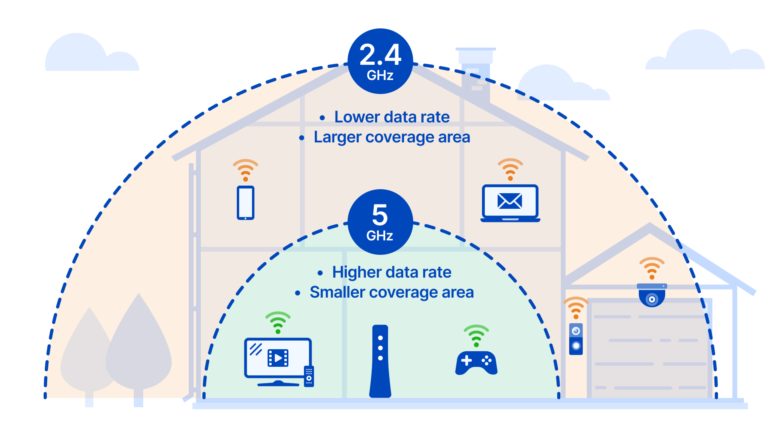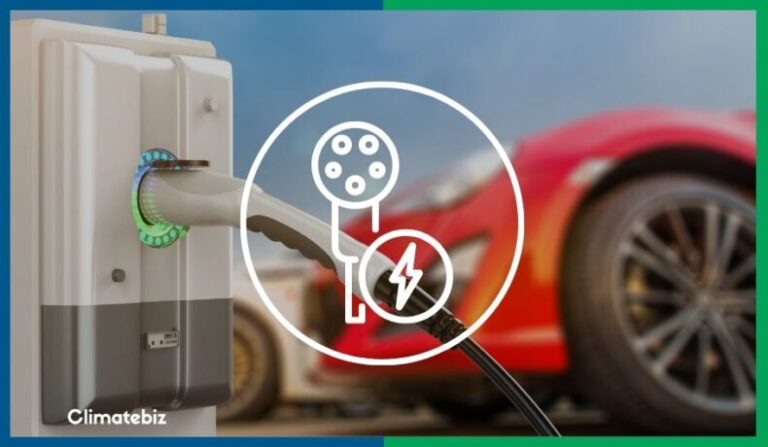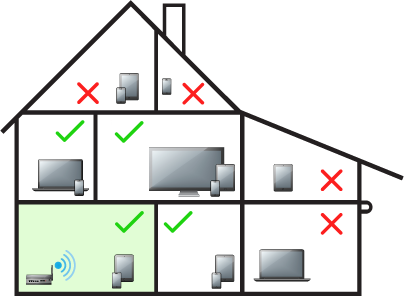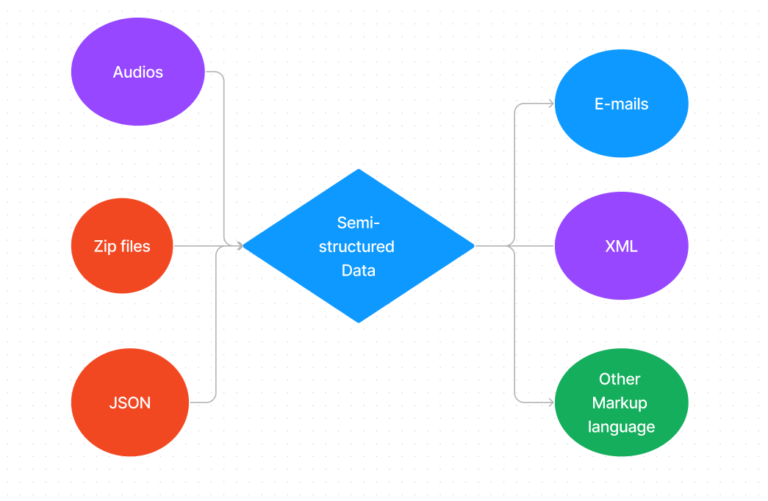What Are The 3 Devices Needed In Self-driving Cars?
Self-driving cars are the future of transportation, allowing for safer roads and a more efficient transportation system. In order to make these vehicles possible, though, there are three devices that are needed: sensors, computers, and actuators. Sensors are used to detect the environment around the car, computers are used to interpret this data and make decisions, and actuators are used to control the car’s action. Together, these three devices make it possible for self-driving cars to operate safely and effectively.
Definition of a Self-driving Car
A self-driving car is an autonomous vehicle capable of sensing its environment and navigating without human input. This technology uses sensors, cameras, radar, and artificial intelligence to detect and respond to its surroundings. Self-driving cars have the potential to revolutionize the way people travel, offering a safer, more efficient, and more convenient way to get from point A to point B. With the ability to detect and respond to obstacles, self-driving cars could eventually be used to reduce traffic congestion, reduce emissions, and even save lives.
Benefits of Self-driving Cars
Self-driving cars are the future of transportation. With the power of artificial intelligence, self-driving cars can navigate complex streets, keep passengers safe and make roads safer for everyone. Self-driving cars offer numerous benefits: improved safety, reduced traffic congestion, increased efficiency, better fuel economy, greater convenience, and reduced emissions. Self-driving cars leverage cutting-edge technology to provide a safer, more efficient driving experience. They use sensors and algorithms to detect and respond to objects on the road, providing drivers with a smooth and comfortable ride. Additionally, self-driving cars can be programmed to follow speed limits and use the most efficient routes to reach their destinations, helping to reduce congestion and emissions. Self-driving cars represent the future of personal transportation, and they are sure to revolutionize the way we get around.
The Three Devices Required for Self-driving Cars
Self-driving cars are one of the most innovative technological advances of the 21st century. In order for these cars to operate, they rely on three key components. Firstly, the sensors, which allow the car to detect its surroundings. Secondly, the computing systems, which process the data from the sensors and enable the car to make decisions. Lastly, the actuators, which control the car’s movements and enable it to navigate safely. These three devices are essential for the cars to make autonomous decisions and operate without any human intervention.

How the Devices Function in Self-driving Cars
Self-driving cars are the future of transportation, and they rely on a complex system of devices to safely and accurately drive autonomously. These devices include sensors, cameras, and radars which detect and analyze the driving environment. Additionally, these vehicles contain sophisticated computer algorithms that interpret the data collected from the devices, making decisions about the speed, direction, and other aspects of driving. Furthermore, self-driving cars are equipped with a navigation system that allows them to find their way in unfamiliar areas. All of these devices and systems work together to allow a self-driving car to safely navigate its surroundings and reach its destination. The combination of technology and automation make self-driving cars a revolutionary advancement in transportation.
Current Limitations of Self-driving Cars
The potential of self-driving cars is immense, however current limitations are still preventing them from reaching their full potential. First, the technology is still in its infancy and there is a need for more research and development to improve the accuracy and reliability of the autonomous systems. Second, driverless cars are still not able to detect and react to unforeseen events, leaving them vulnerable to accidents when presented with unexpected situations. Third, the current cost of self-driving cars is still too high for the average consumer, making them an unviable option for many. Finally, the legal and regulatory framework surrounding autonomous vehicles is still underdeveloped, making it difficult to insure and deploy them safely on public roads. Until these issues are addressed, the promise of self-driving cars will remain unfulfilled.
The Future of Self-driving Cars
Self-driving cars are no longer a thing of the future – they are here. The technology behind autonomous vehicles is rapidly advancing, providing a safer, faster, and more efficient way to travel. Self-driving cars use a combination of cameras, sensors, and artificial intelligence to navigate roads and highways, making them an ideal solution for reducing traffic congestion, improving safety, and reducing carbon emissions. As the technology continues to evolve, the possibilities are endless – from providing ridesharing services to delivering goods, self-driving cars are paving the way for a new era of transportation. The world is changing, and self-driving cars are the future.
FAQs About the What Are The 3 Devices Needed In Self-driving Cars?
1. What are the main components of a self-driving car?
Answer: Self-driving cars have three major components: sensors, computers, and actuators. Sensors detect and interpret information from the environment. Computers process this information and make decisions on how to act. Actuators control the vehicle and its components, such as steering, brakes, and acceleration.
2. What are the types of sensors used in self-driving cars?
Answer: Self-driving cars use a variety of sensors to detect and interpret information from the environment. These include cameras, radar, lidar, ultrasonic sensors, and GPS. These sensors detect and measure distances, angles, and other environmental data to enable the car to make decisions.
3. Is it necessary to have all 3 devices for a self-driving car to function?
Answer: All three components are necessary for a self-driving car to function. Sensors detect information from the environment, computers process this information and make decisions, and actuators control the vehicle. Without any of these components, the car cannot function as a self-driving vehicle.
Conclusion
The three devices needed in self-driving cars are sensors, cameras, and computers. Sensors detect objects in the car’s environment and help the car make decisions. Cameras help the car identify lanes, signs, and traffic conditions. Computers process the sensor and camera data to make decisions about the car’s speed, direction, and safety. With these three devices, self-driving cars can safely and efficiently navigate their environment.



